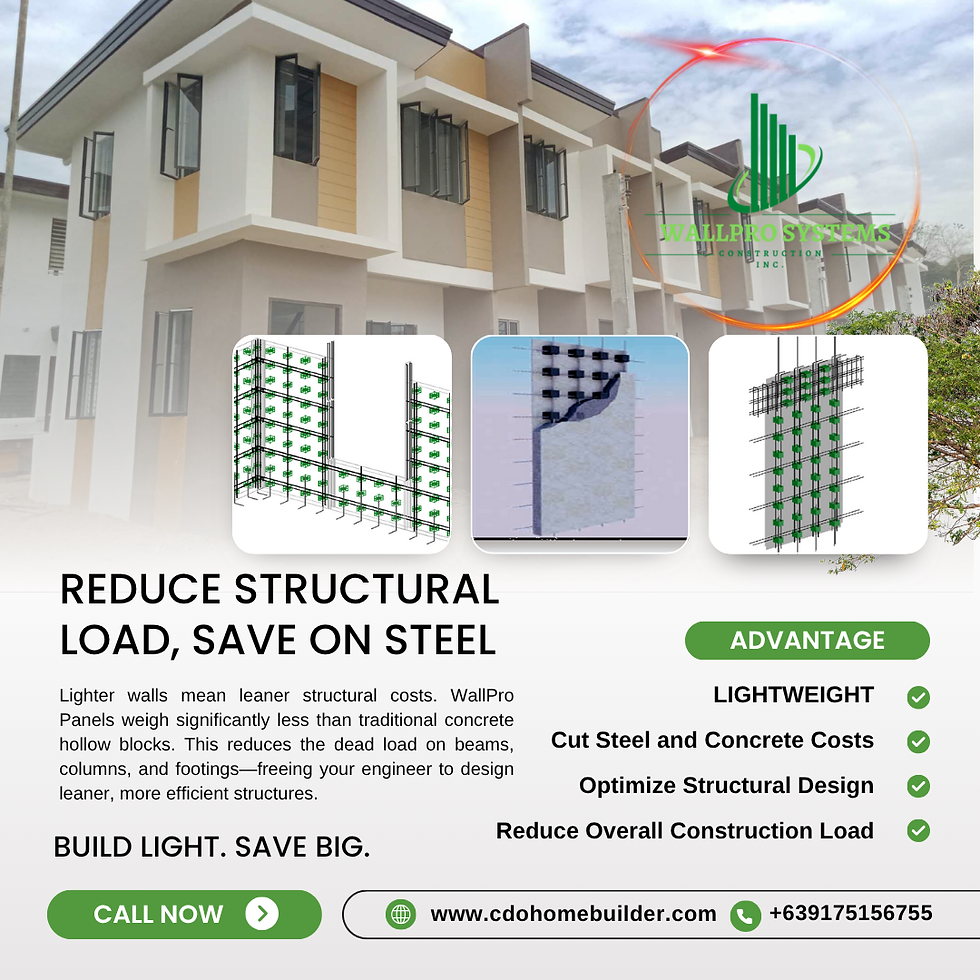- Gabriel Mikael
- Aug 30, 2025
- 2 min read
Affordable Can Still Be Beautiful
A common myth in home renovation? That you need a big budget to get a beautiful, high-quality result. But in truth—affordable doesn’t mean basic. It means being smart, intentional, and stylish without overspending.
If you're planning a home upgrade, this is your guide to achieving affordable design with taste and quality.
Why Quality Renovation Is Still Possible on a Budget
You don’t have to choose between beauty and budget. With the right materials, designs, and contractor, you can:
Add elegant finishes at a fraction of the cost
Use space-saving, modern layouts
Create a home that reflects your style without going over budget
6 Affordable Renovation Ideas That Look and Feel Premium
1. Use Laminates and Finishes That Mimic High-End Materials
You can now get tiles, vinyl planks, and laminates that resemble marble, wood, or stone—without the high price tag.
Pro tip: Choose matte finishes for a modern, upscale feel.
2. Elevate With Lighting
Statement lighting can completely change a space and give it a designer touch—even in small homes.
Try warm cove lighting, pendant lights, or LED strips under shelves.
3. Go for Built-In Over Bulky
Custom-built furniture like shelves or benches are often more affordable and space-saving than store-bought options.
Bonus: Built-ins add a tailored, clean look—just like in designer homes.
4. Install Stylish Yet Budget Tiles
Patterned or subway tiles are affordable, easy to install, and instantly add sophistication to bathrooms or kitchens.
Choose black and white for a classic, timeless design.
5. Refinish, Don’t Replace
Repainting old cabinets, changing handles, or reupholstering old furniture can give you a new look without the new cost.
6. Focus on Layout and Flow
A well-planned space feels more expensive—even with modest materials.
Good design > expensive finishes
The Renovation Formula: Taste + Planning = Affordable Style
Plan first – Work with professionals to layout a space that feels good
Prioritize smart upgrades – Focus on what’s seen and felt
Mix & match materials – Use high-impact areas for quality materials, affordable ones elsewhere
Don’t rush – Phased renovations allow flexibility with budget
Ready for a Tasteful Renovation on a Budget?
Let’s design a space that fits your style and your budget. Our team specializes in quality renovations that are affordable—but never basic.
✅ Free layout consultation
✅ Transparent quote based on your space
✅ Sample designs available
📲 Message us with “STYLE UPGRADE” and let’s talk!


